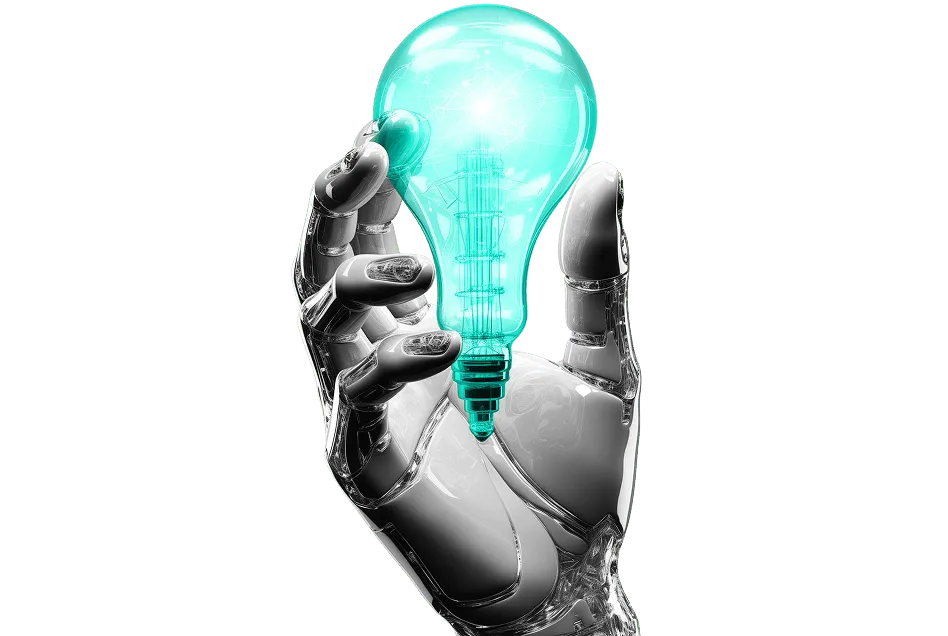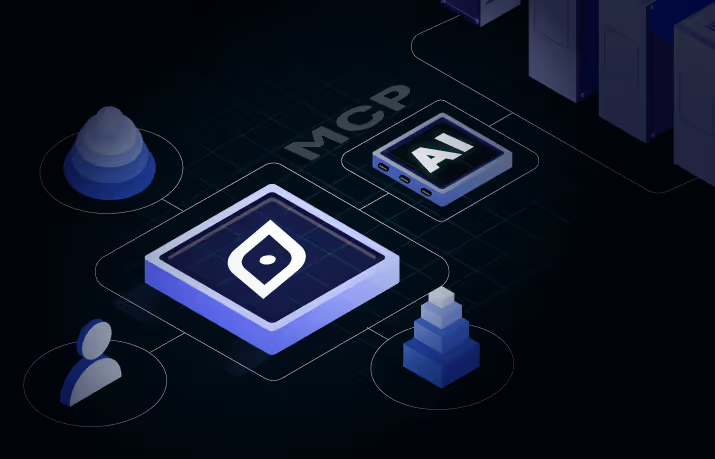An Agile Approach to Strategic and AI Workforce Planning: A Guide for HR
Strategic workforce planning, supported by AI workforce planning, is an ongoing approach to build the right capabilities within your workforce ensuring alignment and readiness for a disruptive future.
There are seven elements to strategic workforce planning: the right size, the right location, the right time, the right cost, the right risk, and the right shape.
Companies build the right capability, the seventh element, central to all these six elements, when the other elements come together.
Components of Capability
The right capability holds the six components you see below.
- Skills – What an organization has or practices over time, and skills they can acquire with upskilling and reskilling.
- Knowledge – The mastery that is immediately accessible.
- Accreditation – This component is an aspect of skills and knowledge. Most organizations need certification or accreditation to perform tasks. For example, a law firm needs accredited lawyers, or a CA firm needs accountants who have passed an examination, etc.
- Mindset – The way we think and feel about circumstances.
- Physiology – If the mindset is about thinking, physiology is the physical aspect.
- Environment – This component heavily impacts both mindset and physiology
All these elements coming together create the idea of capability, a core element of the right workforce.
Making Strategic and AI Workforce Planning Agile
Strategic workforce planning is crucial to aligning people, processes, and technology with business objectives and adapting to change. Incorporating AI workforce planning can further enhance agility. Here are a few best practices to make strategic workforce planning more agile.
Begin with stakeholder needs.
Whether you are starting or at a mature stage in the journey, identify your planning stakeholders, like IT, HR, finance, talent acquisition, etc. Building a profile of the priorities, outcomes, and metrics that matter most will help you craft a business case, build cross-functional support, and ensure the project aligns with the broader business strategy.
Define team ownership and structure.
It is crucial to have a clearly defined structure for your AI workforce planning team. The planning process requires clear lines of ownership throughout. This team may drive talent acquisition efforts or operate as a center of excellence, reporting to the Global HR Head.
Identify the necessary skills and technology.
Identifying the skills and technology will depend on your organization’s maturity, composition, strategy, and talent intelligence needs, with a few common threads. Skills include basic data management, consulting skills, business acumen, data visualization, communication/presentation skills, and critical thinking.
Focus on technology that enables you to collect, clean, integrate, analyze, and securely share data key processes for AI workforce planning and for accurately quantifying and supplying critical talent.
Accept the prospect of uncertainty.
Things change, or there may be a breakdown in processes due to external or internal forces. Your strategic workforce planning process including AI workforce planning must keep pace with organizational change. Stakeholders should meet regularly to update the team and revise plans.
The team must place greater emphasis on strategic workforce planning activities, such as scenario planning, and leverage AI workforce planning to thrive in a VUCA (volatility, uncertainty, complexity, and ambiguity) environment anticipating and preparing for future possibilities.
Keep the conversation going.
You must know where the business stands today to chart a course for where it needs to be tomorrow. Successful strategic and AI workforce planning requires continuous dialogue among stakeholders.
Open communication keeps everyone informed and engaged in potential strategy shifts, helping the team assess talent impact and adjust plans accordingly.
Strategic Workforce Planning and AI Workforce Planning in the AI Era
AI/ML-based technologies are gaining traction for providing sophisticated analytics, turning big data into long-term, actionable insights. By harnessing data including employee attributes they assess talent fit and support informed decision-making.
AI workforce planning tools empower managers to understand the broader business impact of workforce decisions, such as effects on the bottom line and retention, while filtering out noise and highlighting what truly matters. Unlike traditional approaches, AI workforce planning offers a holistic, strategic view translating workforce initiatives into strategic objectives.
Because decisions are based on real, contextual data, AI workforce planning provides a powerful foundation for making accurate people and business decisions. Agile, AI-powered strategic workforce planning helps address challenges like employee turnover, low productivity, low engagement, poor potential realization, and misalignment.
To keep pace, organizations must move beyond manual spreadsheets and outdated calculations and embrace AI workforce planning for more agile, data-driven talent strategies.
With AI-powered talent analytics and agile strategic workforce planning, stakeholders can chart the way forward instead of arguing over the headcount numbers or hiring to use available funds. Strategic workforce planning aims to determine how to recruit, grow, deploy, optimize, and retain employees.
Leveraging AI workforce planning enables real-time adjustments, making strategies more precise, reducing costs, and delivering measurable improvements in productivity and business performance.
Draup analyses employee information, personality traits, technology, and soft skills, and refers to engagement guidelines and hiring opportunity index to suggest candidates for a profile.
Its Diversity Navigator helps HR teams leverage ethnic and gender diversity across business functions, geographies, and job profiles. Additionally, Draup can study the talent ecosystem at emerging locations before setting up offices and conduct Archetype analysis on specific companies.










.svg)
















.svg)





.svg)





.svg)
